AFFORDABLE UPGRADES TO MAKE YOUR BIKE FASTER
It’s that time of year when you’re thinking about getting a new bike or spoiling your current bike with new bits. We wanted to recommend some products that we’ve used and tested that are worth splurging on. We asked our team members, friends, and pros what they would spend ~$1,000 to upgrade their Aero Bike, Climbing Bike, and Gravel Race Bike.
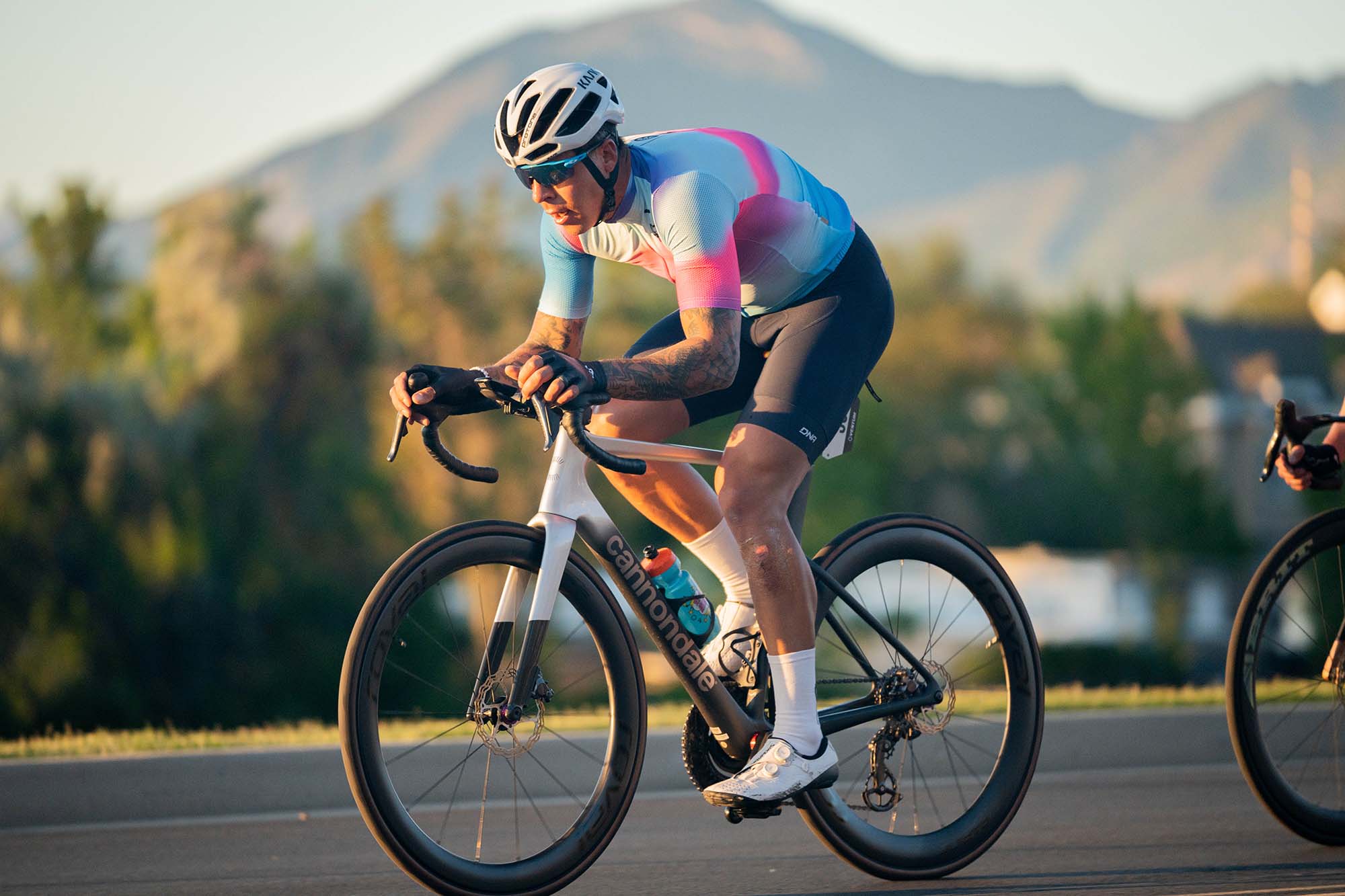
AERODYNAMICS
Making your bike more aerodynamic can become quite an expensive task. While focusing on your bike is very important, typically, the fleshy parasail that sits on the bike is what’s crushing your aerodynamics. If I were focusing on increasing aerodynamics, I would first look inward.
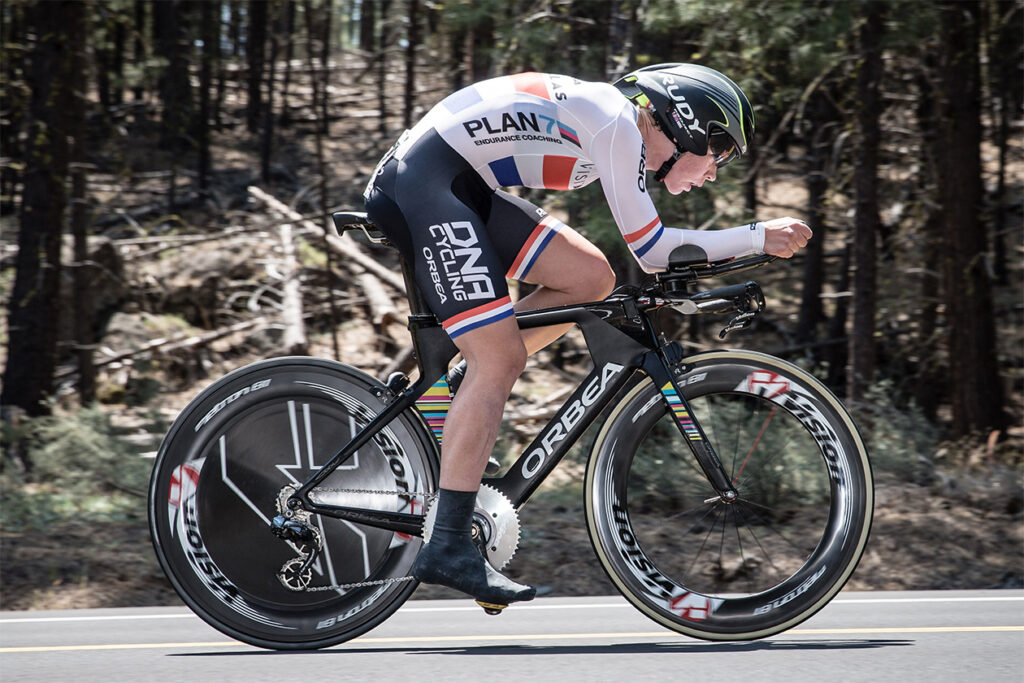
Bike Fit ($150-$300)
First and most important, a proper bike fit. If you’re a Utah local, we recommend checking out our friend Dave Harward’s company, Plan7. You can meet with Dave to get a professional bike kit and let him know your goal is to improve your aerodynamics. He will tailor your bike fit accordingly. Your positioning can be the biggest aero gain you will see. Dave also offers a service where he will come to you to do your bike fit. Be sure to find a bike fitter who specializes in the niche that you’re looking for before going.
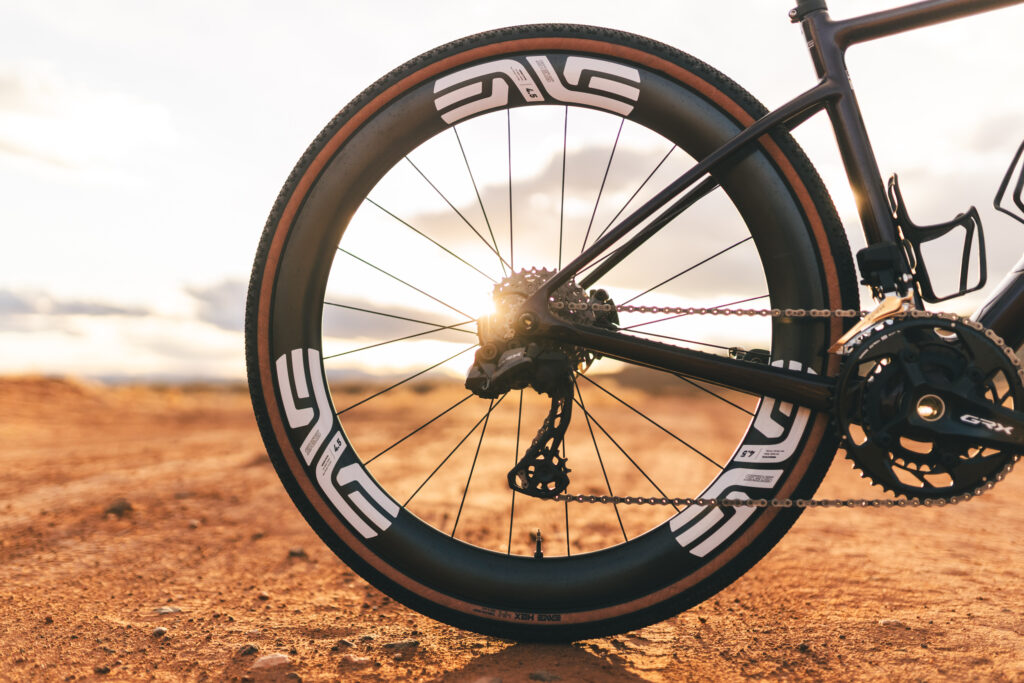
Aero Wheels ($500-$5,000+)
Okay, fine, I’ll talk about actual bike upgrades. The most important thing you could do to your bike for aero gains is upgrade your wheels and tires. But here’s the tradeoff: your wallet. Wheels ain’t cheap, especially in 2025. While I know some Chinese manufacturers make affordable wheels that Crit Racers love, I can’t recommend those. But if that’s your thing, no shame. The go-to recommendation that our athletes and DNA team members use is the ENVE 45s & 65s. They are made here in Utah and are used by some of the best athletes in the world. Our friends at Forge and Bond make some great wheels as well. We’ve tested the F+B CR 45s, which felt excellent and quick. My personal favorites are the Reserve 40|44s. They’re fast rolling and bomb-proof, and I even use them for the occasional gravel race, but I don’t tell their warranty program, I told you that. Remember, deep dish (Chicago style) is the way to improve aerodynamics.
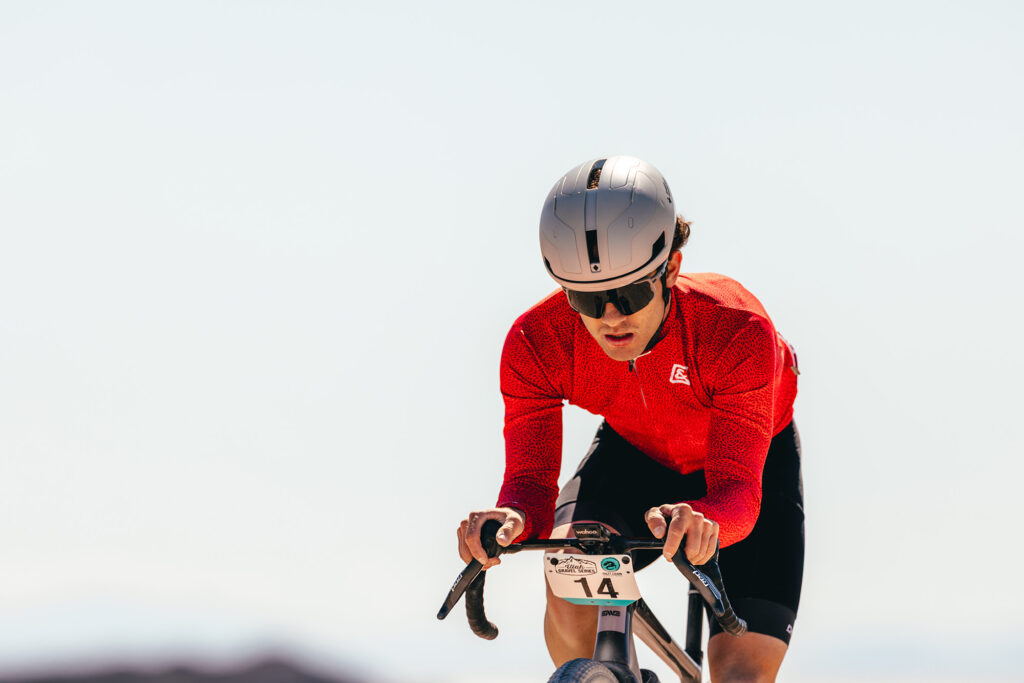
Aero Helmet ($150-$300)
You’ve only been given one brain, and it’s your job to protect it. While everyone wishes they could look as cool as Jonas Vingegaard at the 2024 TDF with his Daft Punk helmet, we usually recommend something more “traditional.” We are big fans of KASK Helmets and enjoy the Elemento Helmet and the Utopia series. These have a great fit and have been tested for aero gains. The Specialized Evade is also classic and typically easy to find a good deal on. The Sweet Protention Falconer is a helmet that DNA Ambassador Truman Glasgow uses and swears by. Try on some helmets at your Local Bike Shop, and paired with a great kit, you’ll notice a speed difference. Maybe don’t show up for your local group ride in a skin suit and aero helmet.
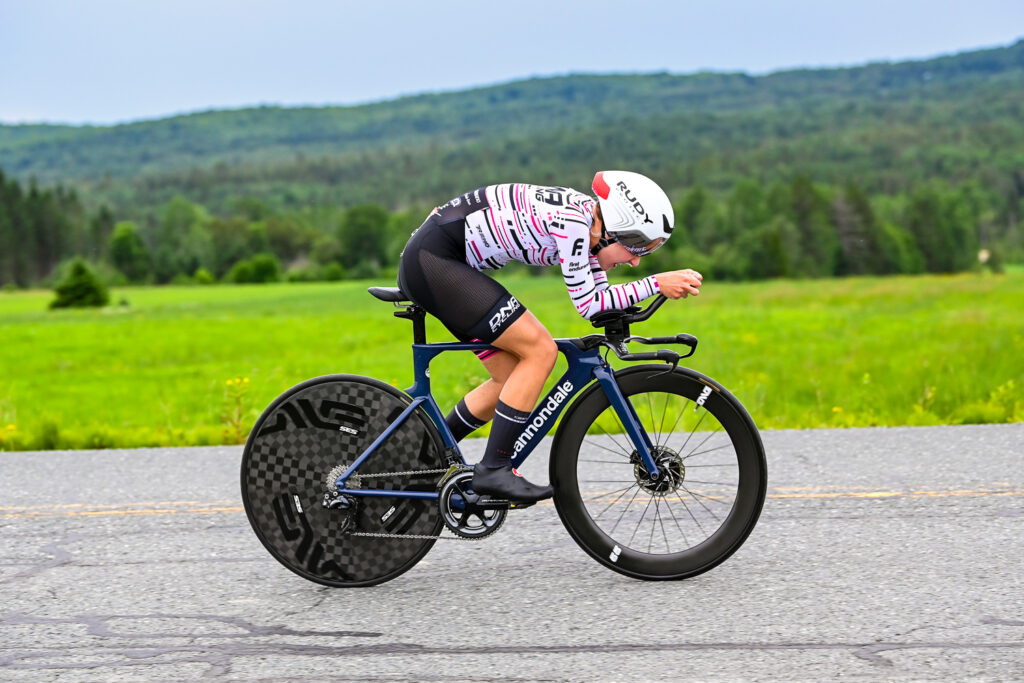
Aero Kit ($250-$400)
Another important thing is an Aero that fits your body like a glove. You need a kit that reduces drag, meaning a very tight-fitting kit. DNA Cycling offers Italian-made skin suits that are fitted to you and have been tested to save up to 20 watts at pro speeds. If skin suits aren’t your thing, we integrate marginal gains into our retail, like our micro collar and laser cut sleeves in our Shadow Jerseys. Even something as small as our aero bootie covers or aero socks can give you some marginal gains. Working with our custom apparel team allows you to fully customize your kit to stand out in the peloton.
Some of our aero jerseys are Race Day Jerseys with Kite Fabric. They’re very aero, perfect for hot summer days. Our Race Skin Suit is our most optimized kit, including breathable material and aero textures that improve aerodynamics. It comes in a long-sleeve and short-sleeve. Our DNA Pro-Cycling team uses these in their Time Trail races and Cyclocross events. On the retail side, we recommend trying out our shadow jerseys, which come in a rainbow of colors, and our Elite Bib Short, which has been a fan favorite for over a decade.
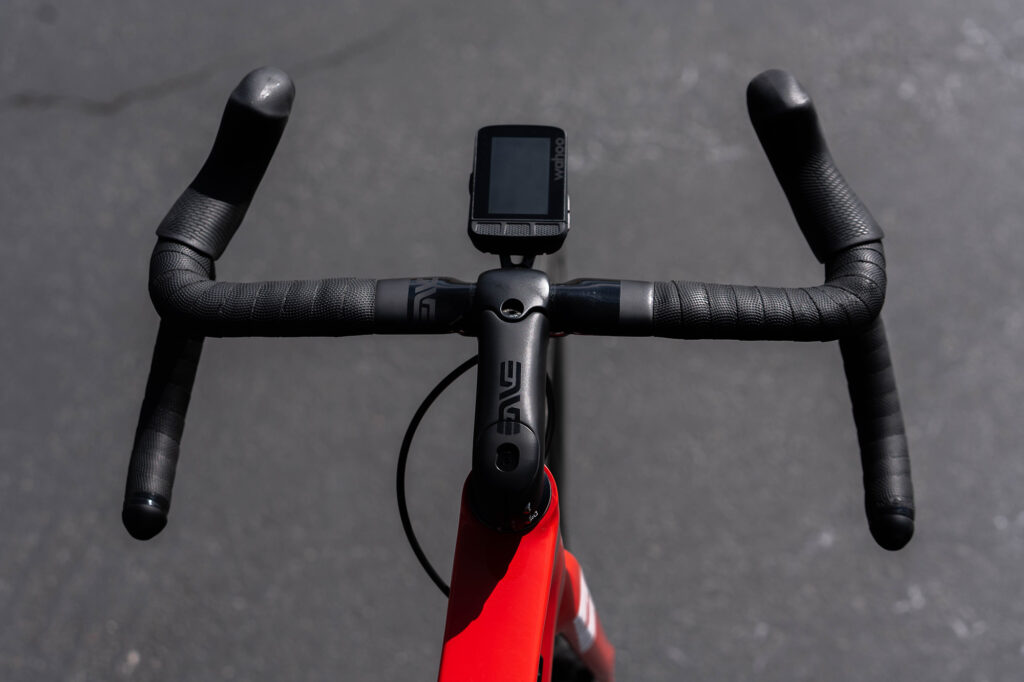
Narrow Bars ($50-$400)
Some riders are switching to a 38mm bar, even for gravel. Pigeon-toed hoods are on the rage. Narrow bars and inward hoods help with descending, making your elbows more pointed out in an “MTB” position. With electric shifting becoming more normalized, most cyclists don’t complain about braking and uncomfortable shifting positions when running this combo. The new SRAM AXS Red hoods allow you to shift your derailleur with your thumbs by putting pods inside your hoods, enabling you to remain in your most aerodynamic position.

LIGHTWEIGHT
Before you blow your budget on lightweight components, it’s essential to look at your current bike and know what you’re currently running that works. While you may have an “older” mechanical drivetrain, there’s a chance it’s lighter than its modern counterparts. Asses your bike and know the areas it can improve before buying cosmetic “lightweight” upgrades. Speaking from experience here.
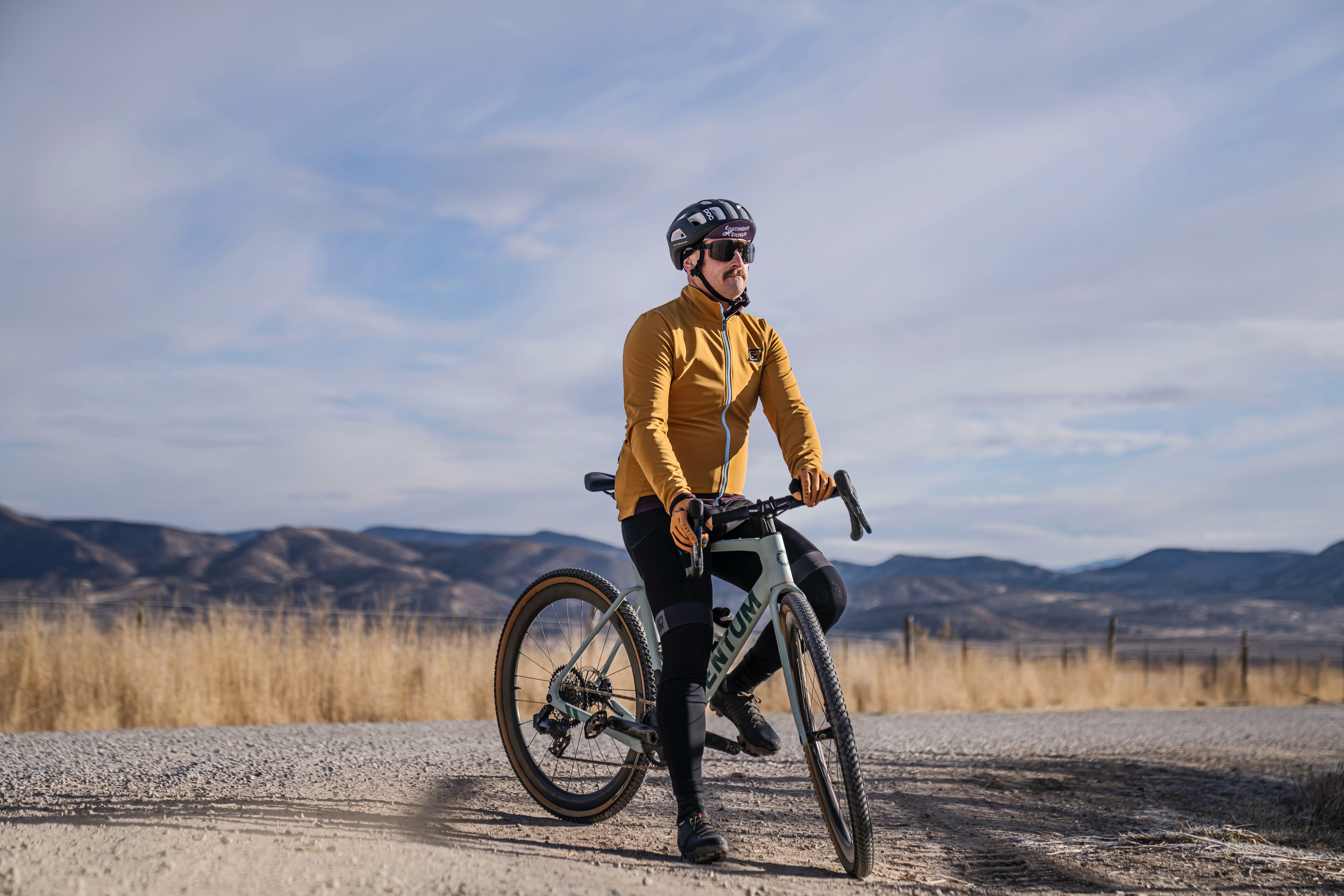
Lightweight Wheels ($500-$1,000+)
I will sound like a broken record here soon, but wheels are one of the most critical areas for saving weight on your bike—the ENVE SES 2.3 & 3.4 are some of the most popular climbing wheels ever. I mean, Tadej Pogačar uses them; what more do you want?! Going tubeless is also a great way to lighten your current wheel set; who likes tubes anyway? Some more affordable options are the Hunt 32s, ZIPP 202s, and DT Swiss ERC 1100s—all great options for long days in the mountains. Pair these with lightweight tires like the Continental GP5000s; now you’re cooking.
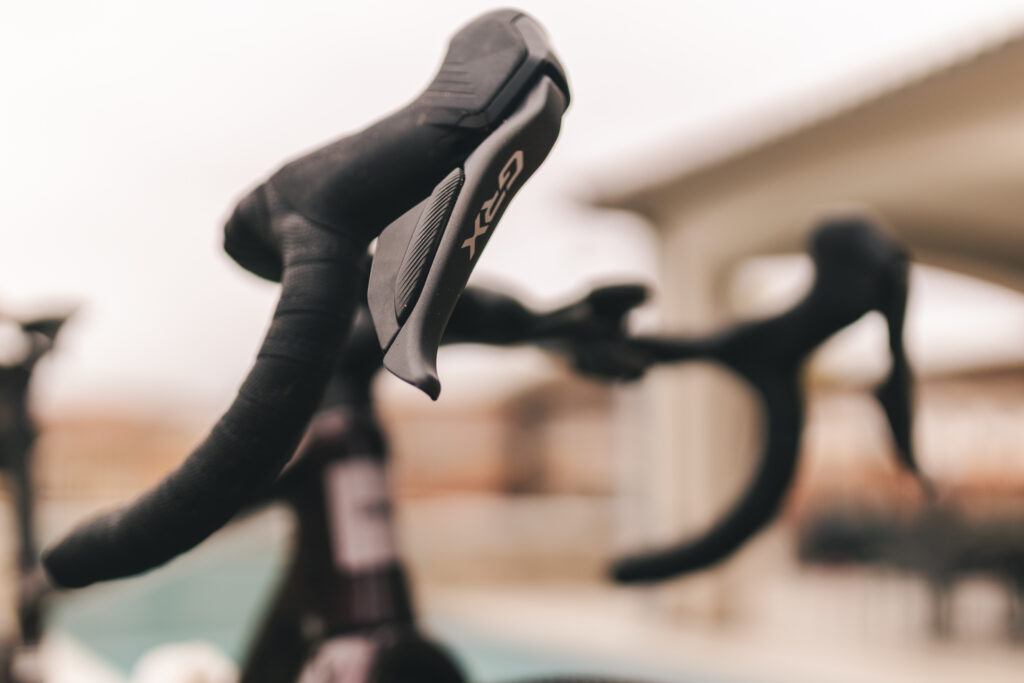
Cockpit & Drivetrain ($500-$3,000+)
Upgrading your cockpit can save up to 150g, depending on your bike. While the fully integrated stem/bars combo is in right now, I won’t cover it because it only works with a limited number of bikes. We recommend the ENVE Aero Road Carbon Stem or the Zipp SL Spring Carbon Stem for road stems. There are lighter options, but these do the trick for most cyclists. The ENVE Aero Bar pairs great with ENVE stuff and looks so clean. It’s aero and very lightweight. Specialized makes a great bar as well. The S-Works Shallow Bend Carbon Bars are tremendous and only weigh 200g. Now, slam that stem and dig deep.
When upgrading your drivetrain, things can become quite pricey, but it doesn’t have to be that way. Most pros recommend something like a Shimano 11-speed when looking for lightweight, efficient drivetrains. While they don’t have fancy Bluetooth shifting or shiny rainbow bits, these components have stood the test of time and are tested to be very efficient while still being affordable and lightweight. We are big fans of Shimano’s road components like the Ultergra groupset or Dura-Ace. If you’re not wanting to upgarde your entire drivetrain, try hot waxing your chain and give your bike a different feel.
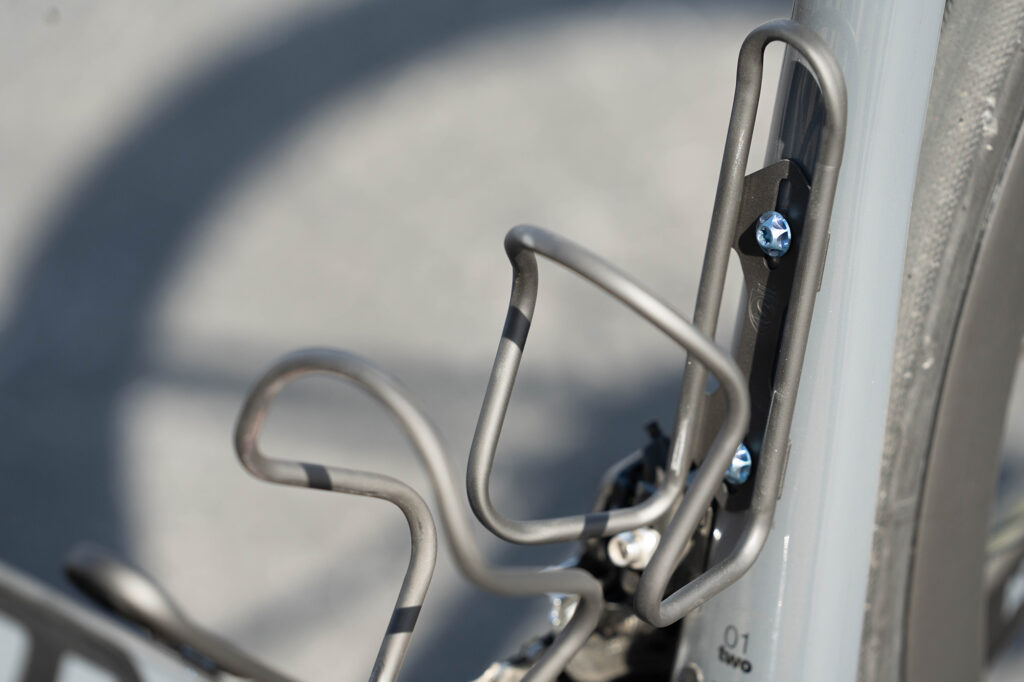
Small Things ($25-$250)
Now, think about the little things on your bike that aren’t necessarily “fun” and that no one sees or talks about upgrading. These small components add up and may shed some grams off your bike for cheap—for example, your bottle cage and bolts. You can save some grams by upgrading to SILCA’s Ti Bolts and Bottle cages and pruning and cutting down excessively long cables. Cleaning your bike consistently will remove excess grime and improve its overall performance. Swapping your seatpost or saddle for a lighter-weight carbon option may be to move to give you that edge. Swapping out for lighter cassettes can have some significant savings (100g+.) Fewer bolts overall help by finding an integrated computer mount, lightweight tail light, and minimizing the stuff you carry with you just don’t take out your rotor bolts. Now ditch that bottle and saddle bag at the bottom of the climb and go for that Strava KOM!

GRAVEL RACE
A durable gravel bike is a fast gravel bike. No one wants to be stuck on the side of the trail fixing all the weight-weenie bits or fixing a flat. While we can’t guarantee that you’re not going to flat at this year’s Unbound 200, we can share helpful gear that will make your gravel bike more reliable on race day.
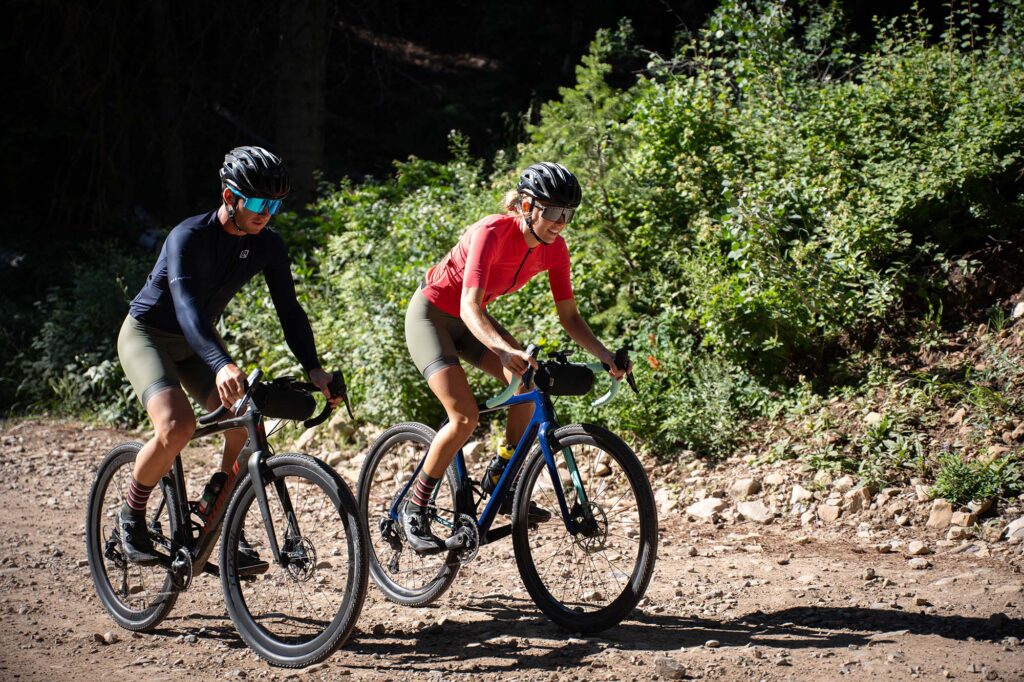
Gravel Tires ($90-$130)
What tires are you running? What PSI do you have in those? What are gravel tires anymore? Honestly, I’m not even sure anymore. But I know that all the pros are pushing the 2.2″ Continental RaceKings, and while these tires are great for hairy gravel routes, they don’t fit most gravel bikes and are unnecessary for most routes. Something great is the Specialized Pathfinders; they’re affordable and come in many sizes. I like to run the 47cc on my gravel bike. Other favorites include the Continental Terra Hardpack 50c, Pirelli Cinturato Gravel H or M tires 45c or 50c, and the Bontrager Girona 45c.
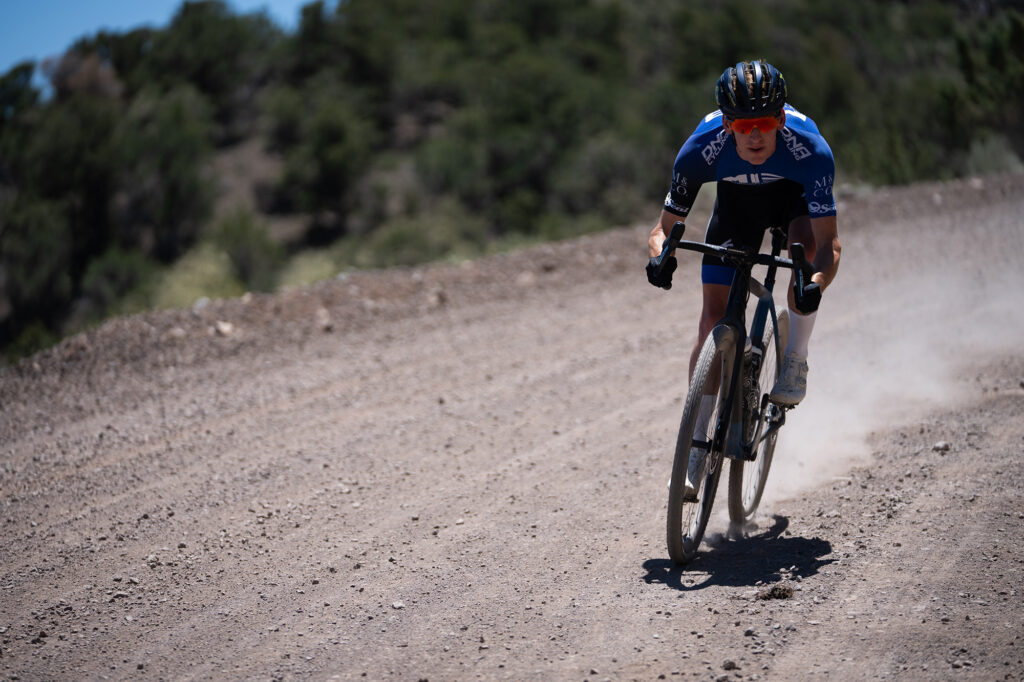
Cockpit & Drivetrain($200-$1,500)
If you run the stock alloy cockpit on your gravel bike, I recommend upgrading to a carbon setup. Something like the ENVE Stem and Gravel Bar will help reduce chatter, save your wrists, and reduce weight. It’s a win-win. You will feel more control and comfort when riding for long periods. The Zipp XPLR SL-70 is another excellent option when searching for a new cockpit.
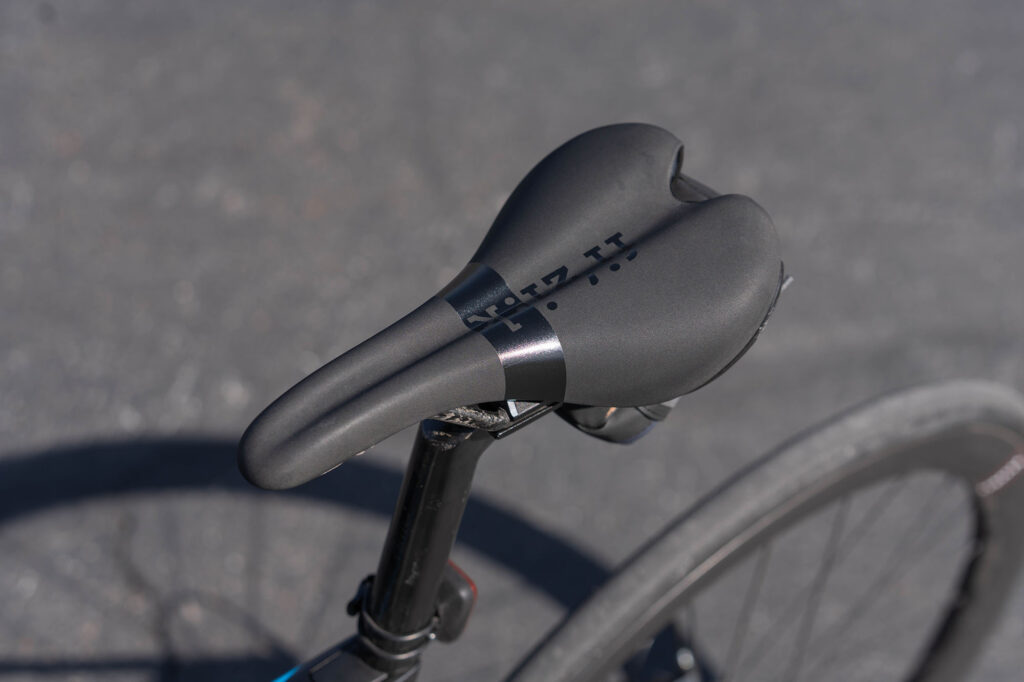
Saddle ($100-$300)
It’s no secret that your butt can take a beating when riding gravel. Finding the perfect saddle can seem daunting with the hundreds of saddles out there. I recently had a bike fitting, and Dave recommended trying the Specialized Power Mirror on my gravel bike. I was hesitant but started to enjoy that saddle. By getting a bike fit or testing out saddles at your local bike shop, you can get put onto a saddle that’s more comfortable, lighter in weight, and improves overall ride quality. Last words of advice: don’t get carbon rails on a gravel bike; weight savings are nice, but run titanium.
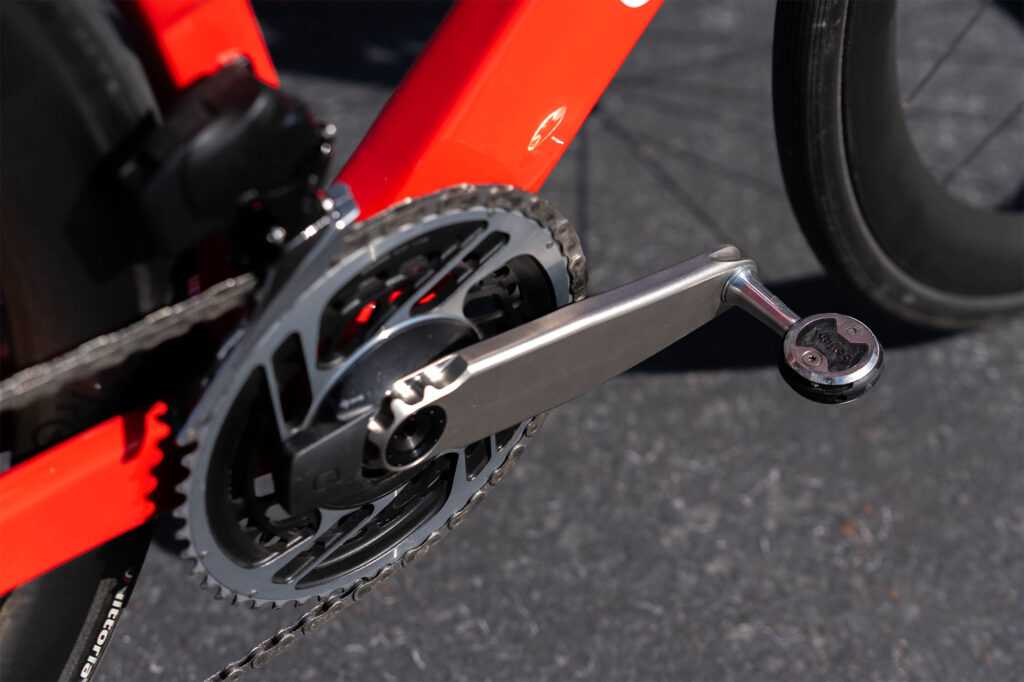
Shorter Cranks ($500-$1,000+)
Here’s one out of left field with shorter cranks. Obviously, get a bike fit before pulling the trigger on these. Last year, I went from 175mm cranks down to 165mm on my gravel bike, and my hips and knees are eternally grateful. I saw no power differences or slower times when making the switch. The only real difference was faster cadence. The overall feel when doing 6-hour events was such a better experience: less hip & knee fatigue, fewer pedal strikes, and a better riding position. While some big-name brands like Shimano and SRAM are starting to make more size offerings, I recommend checking out 5DEV & Appleman. They have plenty of size offerings, colors, and materials.
What would you spend $1,000 on to upgrade your bike? Let us know on social media at @dnacycilng.
Do you race in a Club or Team and want to improve your results this year? Contact us today to get started on your Custom Kit. DNA’s custom product line has been tested in Pro Pelotons around the globe. Explore our custom options today and learn more about the DNA Custom Program by contacting us.
Get started by contacting us here:
📧 – sales@dnacycling.com
📞 – (801)-676-5057
🏠 – 584 E 1100 S St Suite #1, American Fork, UT 84003
📲 – @dnacycling


